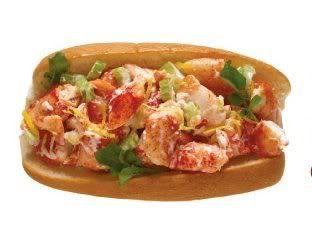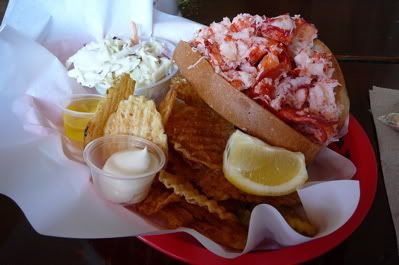There’s been a lot of buzz lately about a dark sliver of a Japanese restaurant called O-Ya, and a recent visit confirmed that with this one, you’ve gotta believe the hype. I had read reviews from what I thought were fanatical diners who would go in once, then cancel reservations at another restaurant for the following night and return, less than 24 hours after paying the tab, right back to O-Ya. But it's really that good. Just a short walk from South Station in what’s known as the Leather District, O-Ya is run by a husband and wife team: he’s the chef, she’s the sake sommelier. Both logged time in Japan and he seemed to have soaked up that country’s affinity for food that has a perfect mixture of precision, elegance, funk and delight and she is well steeped in sake knowledge as the list features selections that stumped and delighted my sake-knowing dining companion. (There’s a great wine list as well, but the sake feels like the When in Rome... thing to do).
The menu is long but enthralling, and it's based on the omikase style of dining. It consists of myriad small plates, each a little universe unto itself. I won’t discuss specific dishes because half the fun is discovering the menu for yourself. The owners told me diners take the paper menus home and bring them back on future visits in order to eat the dishes still untried. It’s like a dreamy gustatory to-do list.
The preparation of the dishes, the creativity, attention to minute detail, and an utter refusal to rush any part of the cooking process (something you don’t often see in the States) all add up to what has been my most dazzling meal of the year. I can’t wait to go back and then go back the next night.
O-Ya 9 East St Boston, MA 02111 (617) 654-9900








